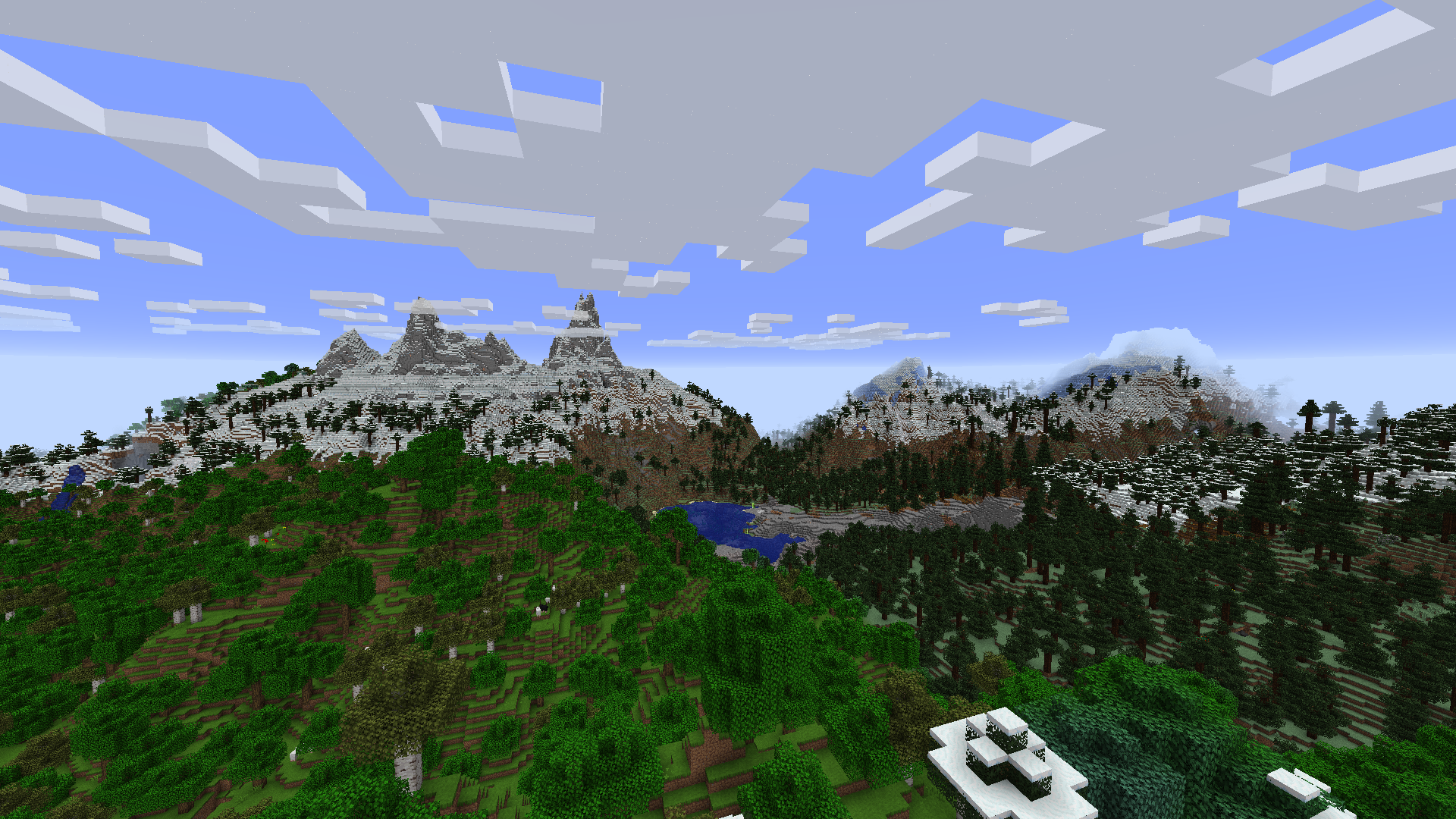

Whatever file format I use them in is also how I back them up, I backup my entire desktop’s and laptop’s data to an external hard drive and an online service provider. I’m sure a compressed format would be more space efficient but that would take much more time given my use case.
In the case of my laptop it runs Linux and the filesystem I use supports “transparent compression” (almost all contents of the drive are compressed with zstd), so I’m guessing any of the ROMs on there will have already been compressed as nuch as they can (but I’m not knowledgeable enough on the file format specs)









Some older consoles have very negligible size libraries in modern day terms, and who knows what sources of ROMs will be taken down by lawsuits in the next few decades. I feel like there is some sense in making a complete archive of a systems game library, but for my personal use I usually just download / dump / rip what I need specifically.